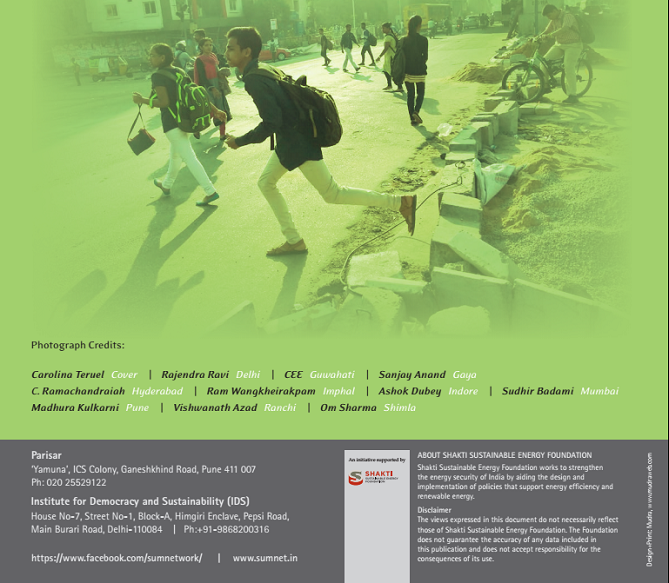World over, urban planners have been saying that you get what you build for – if you plan and build your city for cars, you will end up with congestion, pollution and all the hazards that come with it. But if you plan your city for pedestrians, cyclists and public transport users, that is what you will get.
However, in India, pedestrians walk not because of existing facilities, but in spite of it.
Walking is the most basic and natural form of transit that man knows, and every person, irrespective of the mode used, is a pedestrian at some point the transit journey. In India, unlike foreign countries, we already have enough pedestrians, cyclists and public transport users even without the basic facilities for them to travel safely. The modal share of walking and cycling combined has been the highest or second highest (after public transport) in urban India. Our cities, however, seldom reflect this understanding, where pedestrians find themselves in constant conflict with motorized vehicles and lack of dedicated, safe, sufficient walking spaces. According to the latest records, the number of pedestrian deaths in road accidents in the country rose to 7,088 in 2015 from 6,690 in 2014. This state of pedestrians exists even as the National Urban Transport Policy states that pedestrians and cyclists must have segregated pathways to ensure their safety and convenience, which would also then serve as important feeders to public transport terminals in the city. It also recognizes the fact that the existing footpaths in our cities fail to provide safety or encouragement for pedestrians to walk as they are badly designed, without an understanding of what pedestrians really need. The latest Smart City Mission guidelines also state that walkable localities are a key feature in the making of a smart city.
SUM Net Calendar, India walks, is therefore an attempt to highlight the issues of pedestrians in our cities and the various elements of a street, both pleasant and unpleasant, that a pedestrian typically encounters. It touches upon social, economic, physical, cultural and design angles to the concept of walking in the Indian context.
For copies of this Calendar, contact the SUM Net Secretariat at sumnetworkindia@gmail.com
